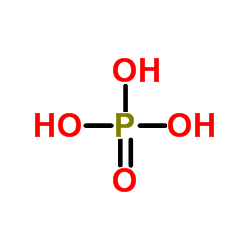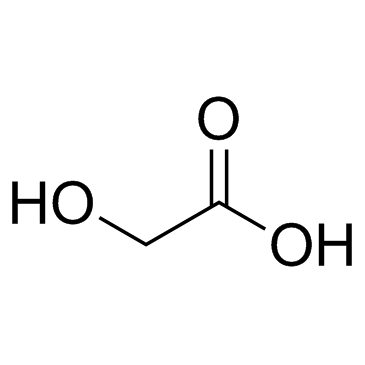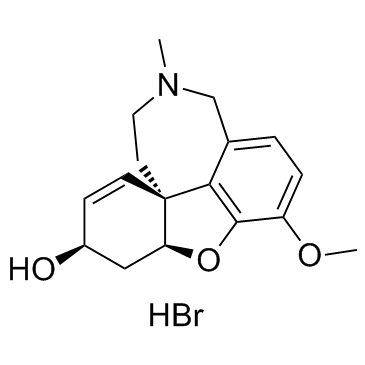| Structure | Name/CAS No. | Articles |
|---|---|---|
 |
Sodium phosphate monobasic monohydrate
CAS:10049-21-5 |
|
 |
Sodium hydroxide
CAS:1310-73-2 |
|
 |
Phosphoric acid
CAS:7664-38-2 |
|
 |
3-Ethyl-2,4-pentanedione
CAS:1540-34-7 |
|
 |
ethyl acetate
CAS:141-78-6 |
|
 |
Glycolic acid
CAS:79-14-1 |
|
 |
Galantamine hydrobromide
CAS:1953-04-4 |